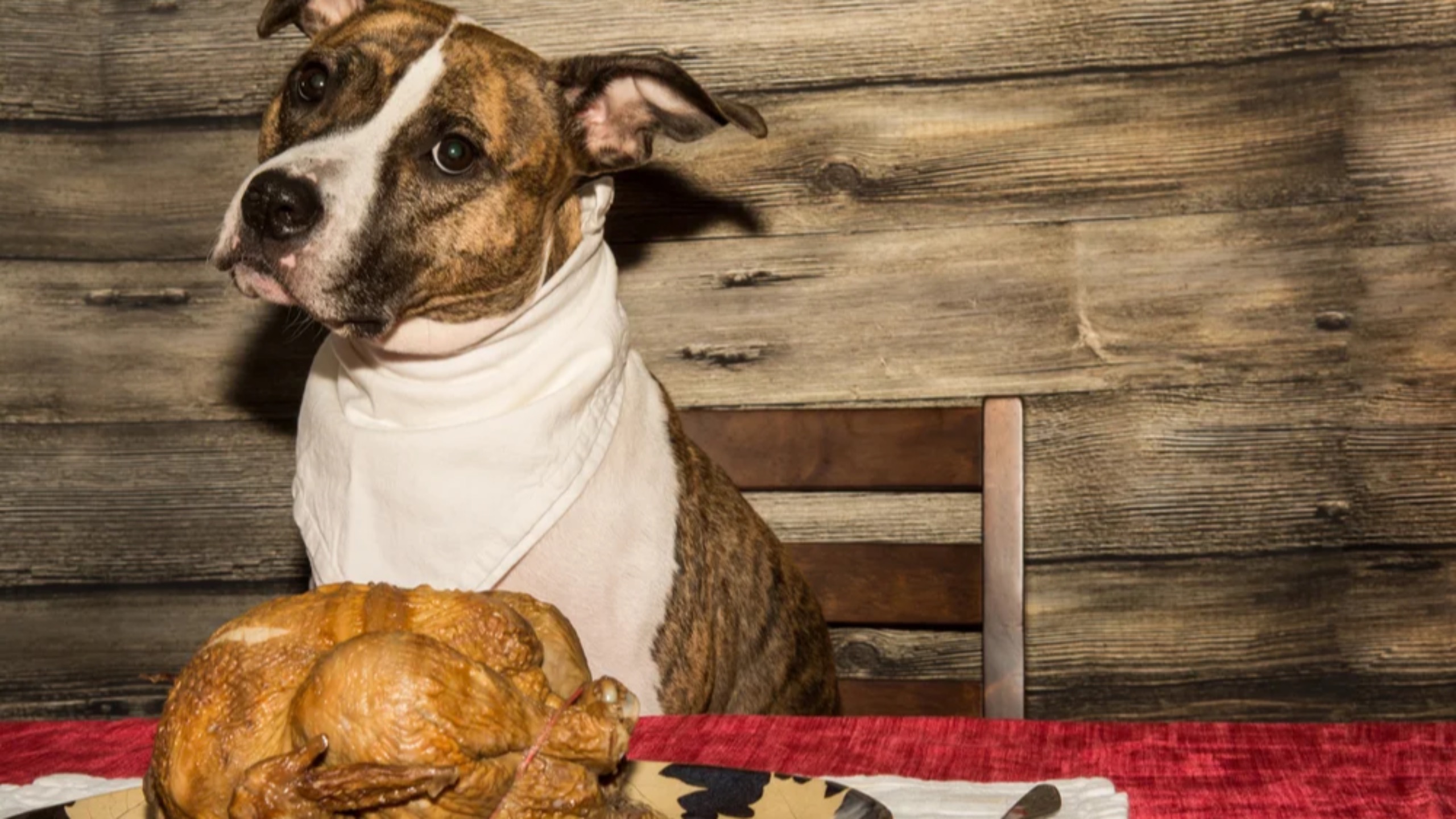Thanksgiving is a time for family gatherings, delicious meals, and celebrating togetherness. As you enjoy a feast, you might wonder if it’s okay to share some turkey with your dog. While turkey can be a healthy, protein-rich treat for your furry friend, it’s important to follow some best practices to ensure that your dog stays safe and healthy. In this article, we’ll explore the best ways to feed your dog turkey and avoid potential risks.

1. Remove Skin and Fat
First and foremost, turkey skin and fatty pieces should be avoided. While these parts may be delicious for humans, they can be difficult for your dog to digest. In addition, the excess fat can lead to digestive issues, such as pancreatitis, which is a painful and serious condition. Therefore, always remove the skin and visible fat before offering turkey to your dog.
2. Avoid the Bones
Turkey bones can pose a major health risk to your dog. Moreover, turkey bones, especially cooked ones, can splinter easily. This can lead to serious issues such as choking or internal injuries to the mouth, throat, or digestive tract. For instance, if a dog accidentally swallows a turkey bone, it could cause an obstruction that requires immediate medical attention. Thus, it’s best to offer turkey meat without bones to keep your dog safe.
3. No Seasoning or Sauces
While turkey itself is safe for dogs, seasonings and sauces can be harmful. For example, many seasonings, such as garlic and onion, are toxic to dogs and can lead to serious health issues. Additionally, excessive salt can lead to salt poisoning, which causes symptoms like vomiting, diarrhea, and lethargy. Therefore, make sure the turkey is plain and free from any harmful ingredients before serving it to your dog.
4. Serve in Moderation
Another important consideration is how much turkey to serve. Although turkey can be a healthy addition to your dog’s diet, it should only be given in moderation. Too much turkey—especially in one sitting—can upset your dog’s stomach and may even lead to diarrhea or vomiting. Instead, provide small amounts of turkey as a treat, alongside your dog’s regular food. This way, you can share the holiday feast without overfeeding your dog.
5. Watch for Allergic Reactions
Just like humans, dogs can have food allergies. Therefore, it’s a good idea to monitor your dog closely after offering them turkey for the first time. For instance, watch for signs of an allergic reaction, such as itching, swelling, or digestive issues. If you notice any of these symptoms, discontinue feeding turkey and consult with your vet.
In Conclusion, turkey can be a delicious treat for your dog, but it’s important to keep in mind the potential risks. By removing skin and fat, avoiding bones, and serving turkey in moderation, you can share this festive meal safely with your furry friend. Additionally, be sure to check for allergies and never use any seasonings or sauces. With these guidelines, you can enjoy Thanksgiving with your dog while ensuring their health and well-being.
Final Thought
Remember, keeping your dog safe during Thanksgiving isn’t just about food; it’s also about keeping them comfortable and happy in the midst of a busy holiday atmosphere. In summary, be cautious with the treats you give, and your dog can enjoy a festive and safe Thanksgiving too!
